Giotto Bizzarrini’s name may not be as prominent as that of other Italian automotive engineers but he nevertheless remains an iconic name in Italian automotive history. After working at Alfa Romeo for 3 years, he joined Ferrari in 1957. He was influential in the development of models such as the 250 GT, 250 TR Testa Rossa, 250GT SWB and 3-litre Testa Rossa V12 engine, with the 250 GTO and original V12 engine being his most famous efforts.
In 1964, he founded his own company with the intention of producing specialised high-performance sports and racing cars. However, after 140 cars, the company could no longer continue and became dormant in 1969. 51 years later, in 2020, Pegasus Brands acquired the right to the Bizzarrini name and planned to use it for a new generation of cars for collectors and enthusiasts.
The Bizzarrini brand was reintroduced to the world with the 5300 GT Corsa Revival early in 2022. This was the first model to bear the Bizzarrini name since the GT Strada 4.1 concept of 2005. A total of 24 cars will be built at Bizzarrini’s own facility in the UK, each an authentic contemporary interpretation of the 1965 class-winner at Le Mans.

The 5300 GT Corsa Revival uses original blueprints, materials from original suppliers, with the input of experts originally involved in the 5300 GT project. To meet modern safety regulations so it can be driven on public roads, some key improvements have been added.
Now comes a second model from the company which is a completely new model, the Giotto. With this model, a partnership first established 60 years ago is rekindled; with Giorgetto Giugiaro penning the design alongside his son Fabrizio. Back then, a young Giugiaro, whilst at Bertone contributed to the design of the Bizzarrini 5300 GT, so he is fully qualified to establish the design language of the first entirely new Bizzarrini model in the 21st century.
The bespoke carbonfibre body is intricately sculpted to intersect the mindsets of the designer, engineer and driver. It has classic low-slung supercar proportions blended with core elements of Bizzarrini’s signature design DNA.
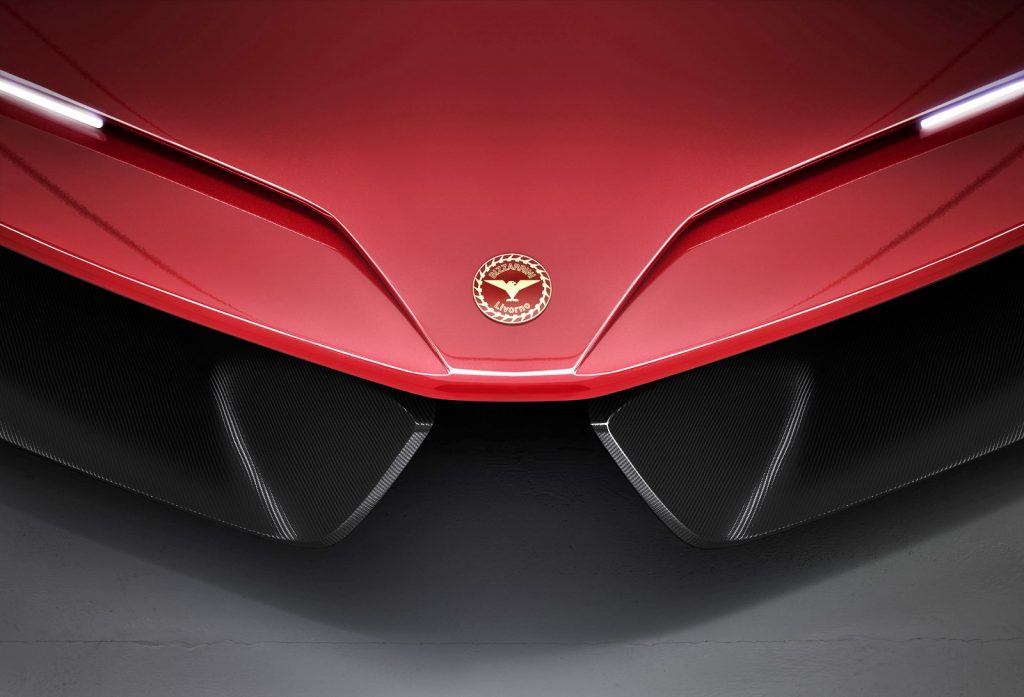
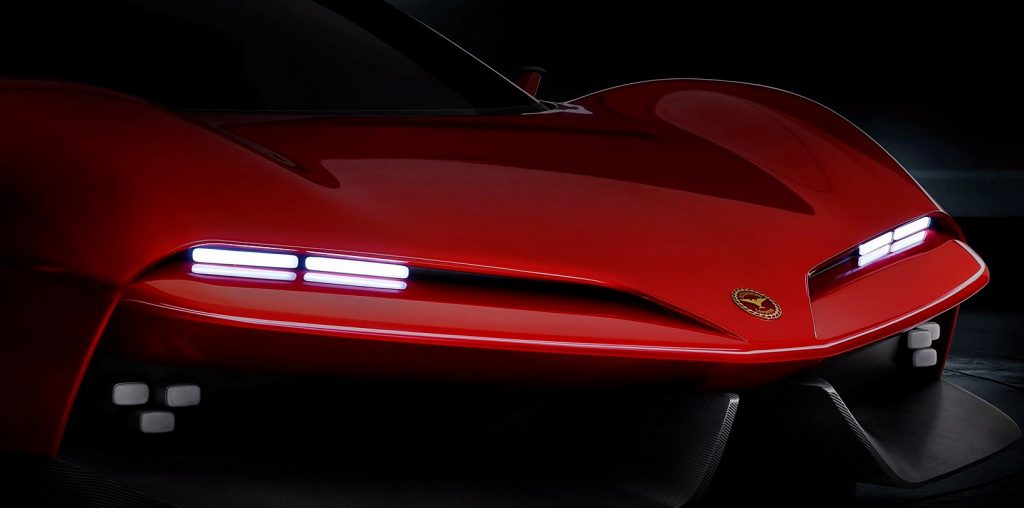
The prominent dual bonnet-mounted vents of original Bizzarrini cars are evolved into a new frontal visual character for the Giotto, incorporating ultra-slimline LED headlights. As they end in the centre of the bonnet, they cradle a prominent centre-mounted Bizzarrini badge, just as it was framed on the 5300 GT.
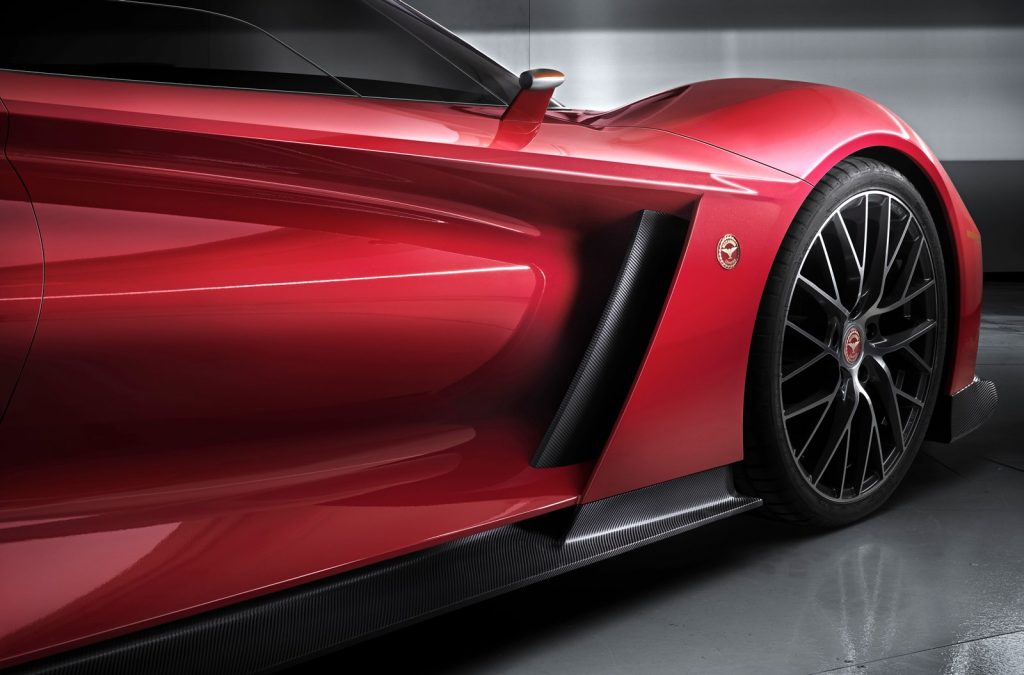
In profile, the Giotto is marked out by a reimagining of the 5300 GT’s triangular B-pillar and a rear windscreen that wraps so far around the rear it almost seems to cascade onto the wheelarches. Rear mid-engined, rather than front-mid-engined like the 5300 GT, the predatorial forward stance of the Giotto is a visual representation of power driving from behind and conveys the might of the power unit. The tail gently tapers and curves away gracefully, creating an aerodynamic teardrop shape.
The detailed technical aspects of the car have not been revealed but the company says that ‘an exclusive naturally aspirated V12 engine is planned’. Lamborghini’s V12 engine was attributed to Bizzarrini as it was he who created a racing engine that Ferruccio Lamborghini later turned into a production engine for the legendary 350 GT, starting a new era of super sportscars in 1963.
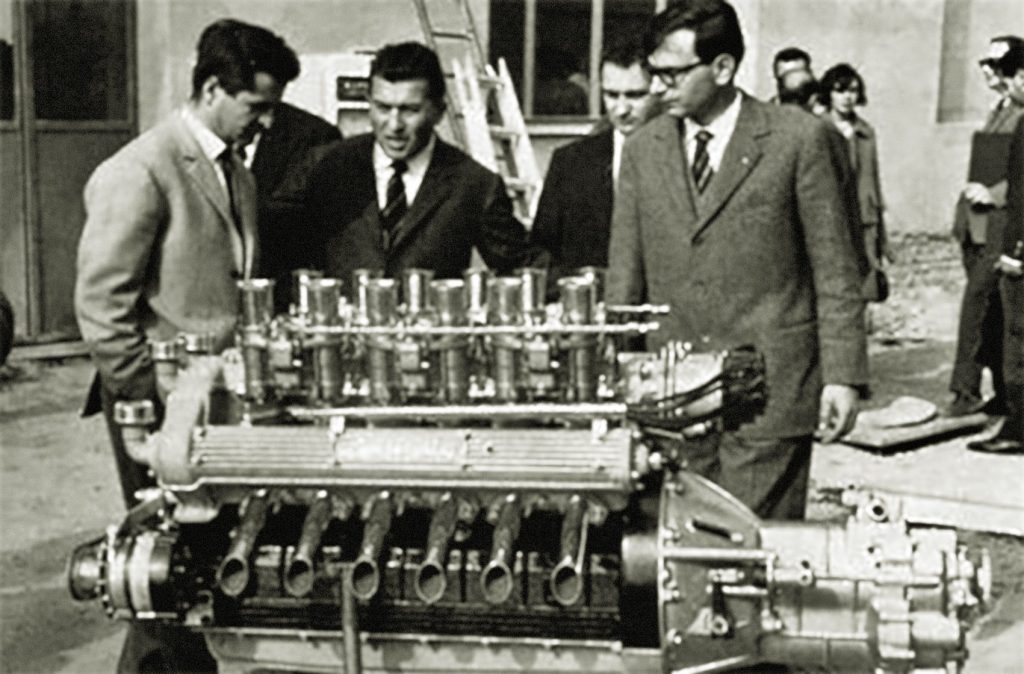
While not specifically suggesting that a Lamborghini engine will be used, the company says ‘it will meet Bizzarrini-specific performance, drivability, emissions compliance and emotional targets’ and be paired with an 8-speed dual-clutch transmission.
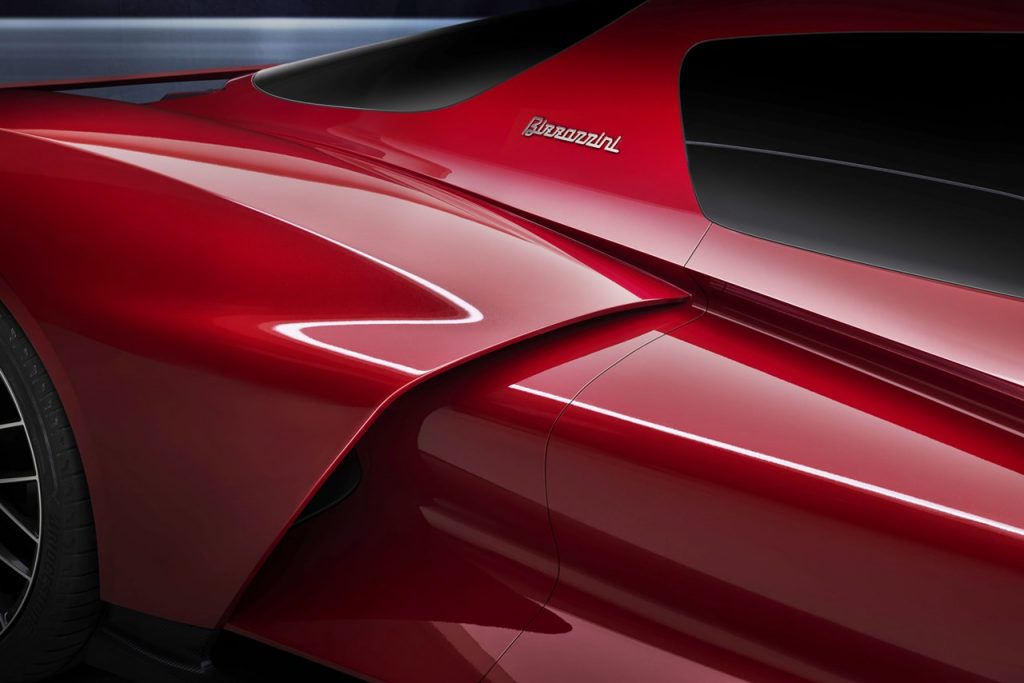
One of Giotto Bizzarrini’s most valuable talents was his ability to push the limits of contemporary engineering. The 5300 GT made extensive use of the strongest lightweight material of its day; the Giotto will likewise make use of the lightest, strongest and most suitable materials available today. As well as the purposeful carbonfibre body, the Giotto will be based on a composite body structure – designed to meet or exceed worldwide safety standards, using technologies and manufacturing processes developed in top-tier motorsport. Testing of the Giotto will begin in 2024.

























